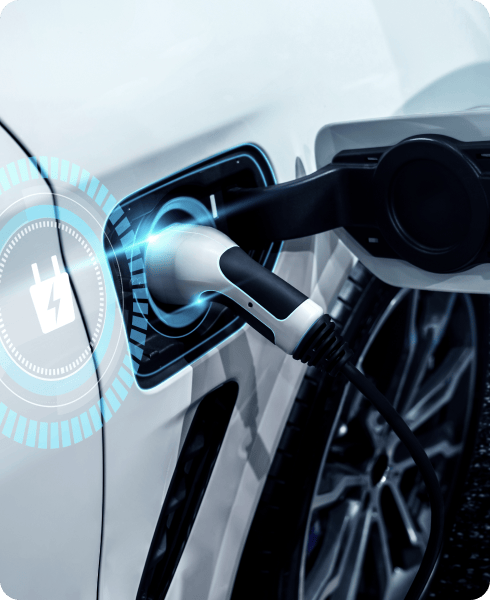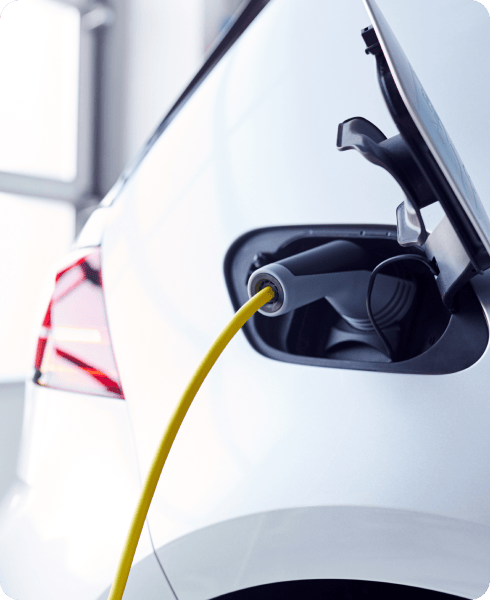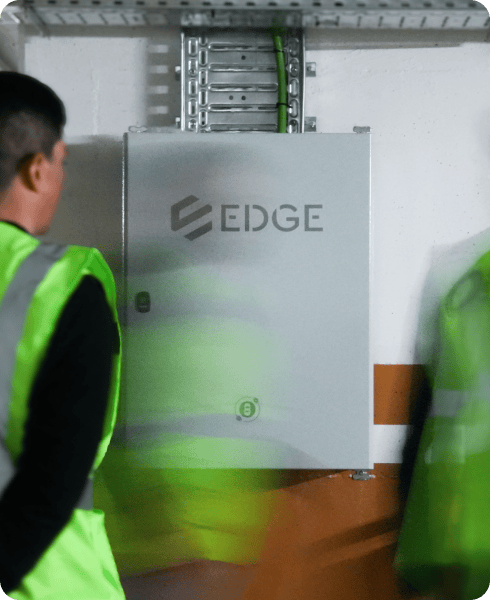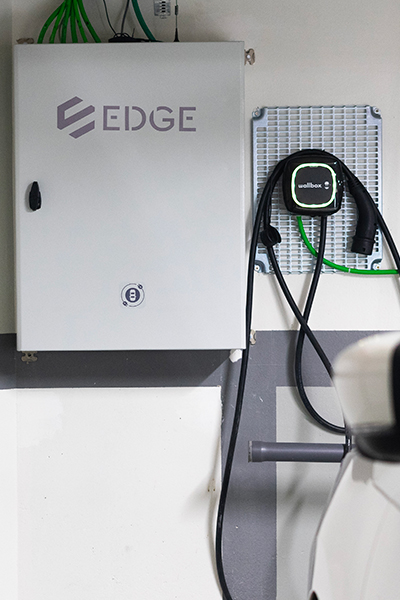Mobility product
Shared charging, smarter living
EDGE is a smart energy management solution for EV charging, designed to make life easier for both EV owners and building managers in spaces with shared parking. It allows multiple vehicles to charge at the same time without overloading the building’s power, helping reduce energy costs and get the most out of existing infrastructure.
Discover EDGE
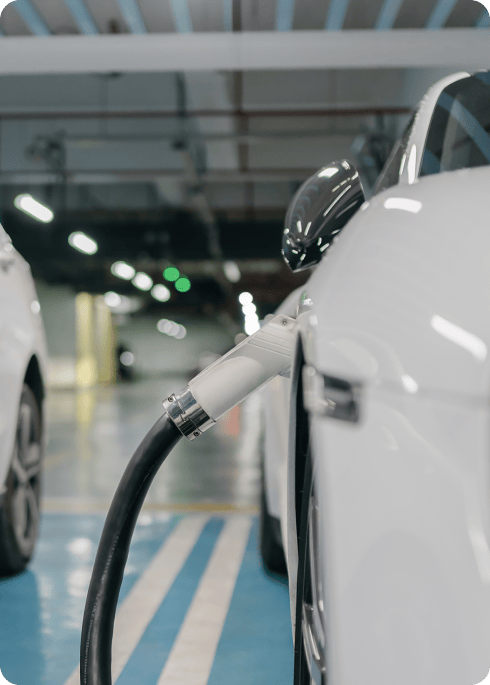
Accelerating e-mobility
Smart Energy Lab's Role in Overcoming EV Charging Challenges
At Smart Energy Lab (SEL), we recognize that electric vehicle (EV) charging is pivotal to the Energy Transition. However, widespread EV adoption still faces several obstacles. By focusing on e-mobility, SEL aims to address the significant challenges and seize the opportunities associated with electric vehicle (EV) adoption.
Studies have found that nearly half of the European population lives in residential buildings that were not designed with e-mobility in mind. The lack of ready infrastructure for EV charging is a significant barrier to increasing adoption rates, as consumers expect competitive prices and high levels of service and convenience, such as the ability to charge their vehicles at home and work or use the charger of their preference.
This is where Smart Energy Lab makes a difference. We have developed solutions that enables EV Operators to reduce the cost and time of implementation, while catering to the diverse needs of users. Our expertise ensures a smooth and efficient transition to electric mobility, promoting higher adoption rates and contributing to a more sustainable future.
Facing challenges
How to remove the obstacles preventing widespread EV adoption
Rollout processes can be slow and difficult to endure when trying to implement a solution. Conducting site surveys and customized projects, securing investment and installation approvals, meeting different charger requirements and the availability of installers, are just some examples of obstacles that may arise.
The varying requirements and configurations of contemporary residential buildings add to the complexity, often resulting in an implementation span of several months.
These challenges hinder the transition to e-mobility and, consequently, the broader Energy Transition.




